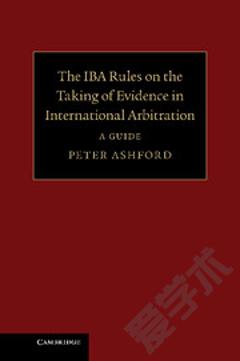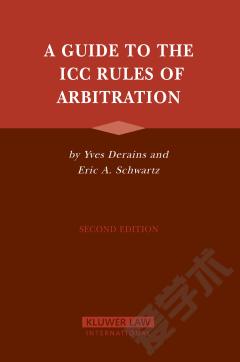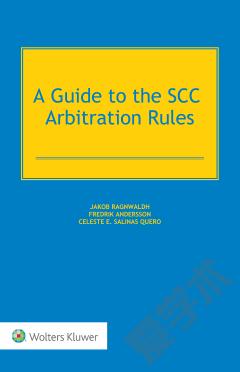The International Arbitration Rulebook —— A Guide to Arbitral Regimes
----- 国际仲裁规则:实践者的指导
The numerous arbitral regimes around the world differ in subtle yet complex ways. These variations can have a profound effect on the procedural rights and obligations of the parties. Broadly speaking, the choice of regime will impact the way in which an arbitration is conducted; its duration and expense; the outcome of the dispute; and the ultimate enforceability of the award. To inform the parties’ choice, this book is the first to deal specifically and in depth with a broad range of institutional and ad hoc arbitration rules on a comparative basis. It provides a practical guide to the rules in one book—a one-stop shop—from a distinctly “rule” and “guide” point of view. This book has its genesis in the authors’ experience as practitioners and educators in international commercial and investor-state arbitration—and as advisers to, and trainers for, arbitral institutions, arbitrators, judges and government officials around the world. This comprehensive, descriptive and analytical “road map” covers the broad range of issues addressed in nine representative major sets of arbitration rules. The authors detail the distinct ways in which rules governing such important issues as the following may differ among the various arbitral regimes: the governance structure and role of the administering institutions in the arbitration, including case management and administrative support; the critical and recommended issues to be established in the agreement to arbitrate, such as the place of arbitration and the governing law among others; the requirements and best practices for starting the arbitration on the right foot; the procedures for selecting, appointing and challenging arbitrators; the impact of the initial procedural conference on the proceedings; the rules on presenting the case in chief: written submissions, documentary evidence, witness and expert testimony and more; the costs and fees of leading institutions; the procedures and standards for award scrutiny and enforceability; and a range of special and innovative procedures such as expedited proceedings, interim relief and consolidation of proceedings. The comparative analysis is organized around the chronological phases of an international arbitration and supported by rule comparison tables and clear explanations of each step of the process. With this eminently practical book, contract negotiators, counsel and arbitrators can confidently navigate any international arbitration. Thorough coverage of the applicable rules and guidelines enables parties and/or the tribunal to design bespoke arbitration procedures based upon the various rules of leading regimes. Arbitral institutions can survey the different approaches and identify emerging best practices in the design and drafting of arbitral regimes. All in all, this volume is a useful guide and comprehensive framework of rules for both arbitration practitioners and users of arbitration services, as well as for students and teachers of international arbitration.
{{comment.content}}








 京公网安备 11010802027623号
京公网安备 11010802027623号